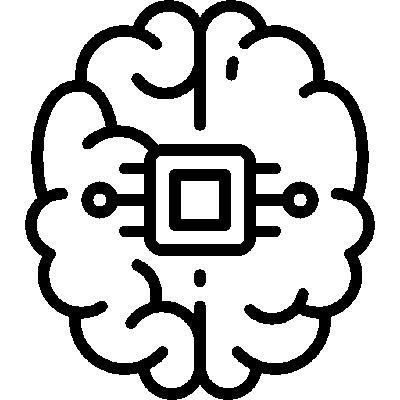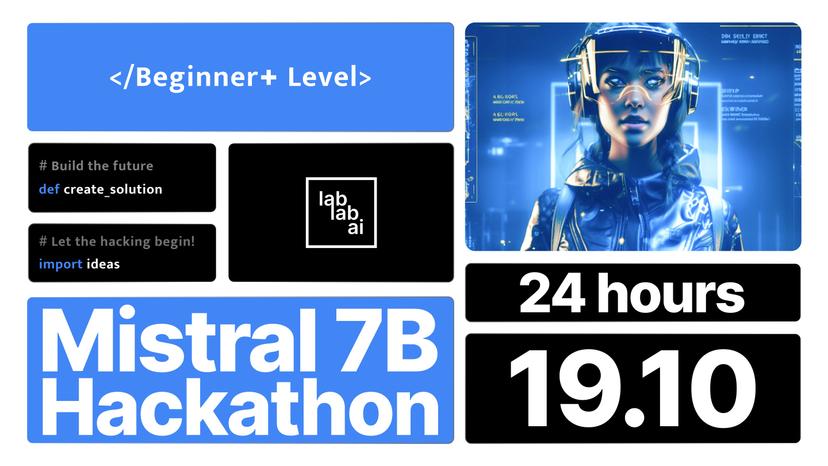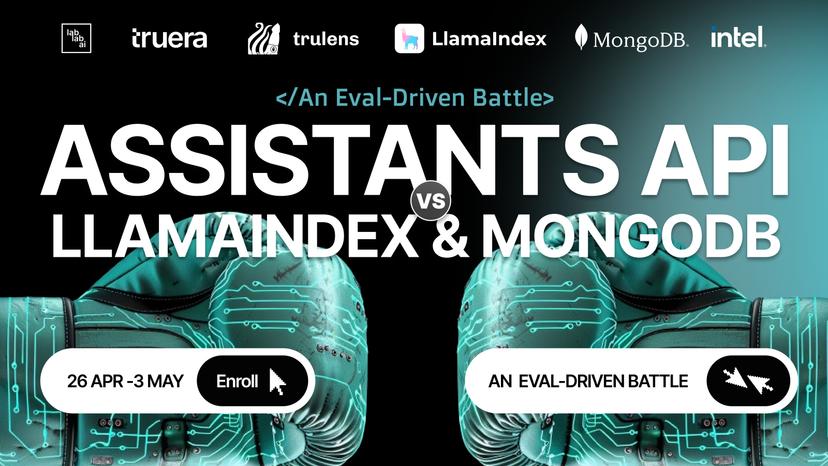🤝 Top Collabolators

Muhammad Ashir Jaam
Electronics Engineer🧑🔬 #SoftwareDeveloper🧑💻
🤓 Latest Submissions

socratic-ai
Socratic-AI is an innovative open-source chatbot designed to reshape the way we learn and interact. By harnessing the capabilities of Mistral 7B, the chatbot engages users in profound dialogues grounded in the Socratic method. This approach stimulates critical thinking, promotes self-awareness, and deepens understanding. The power of Mistral 7B's Instruct model and some prompt engineering ensures that conversations are not only meaningful but also contextually relevant and instructive. While our platform is built using the robust Next.js framework, it's the seamless integration with Mistral 7B that stands at its core. We've also prioritized user experience, with a clean UI styled using Tailwind CSS, session storage for continuity in conversations, and reliable authentication mechanisms. Dive into a new era of learning with Socratic-AI
20 Oct 2023

End To End Multi Code Assistant App Using LLM
The project you've described aims to search for YouTube videos related to a specific query using the YouTube Data API. Here's a longer description: Description: The project leverages the YouTube Data API to search for videos based on a user-provided query string. This is particularly useful for individuals or applications looking to find relevant video content on YouTube programmatically. How It Works: Input Query: Users provide a query string representing the topic they're interested in finding videos about. For example, the query string could be "factorial of a number". API Key Setup: The project requires a valid Google Cloud API key with access to the YouTube Data API. This key is used to authenticate requests made to the API. API Request: The search_youtube_videos function constructs a request to the YouTube Data API's search.list method. The request includes parameters such as the query string (q), the part of the resource to include in the API response (part), the type of resource (type), and the maximum number of results to return (maxResults). API Response: The request is executed, and the API returns a response containing a list of videos matching the search criteria. Processing Response: The function parses the response to extract relevant information about each video, such as its unique video ID. Generating Video Links: For each video in the response, the function constructs a YouTube video link using the video ID and appends it to a list of video links. Output: Finally, the function returns the list of video links, which can be used by the caller to display or further process the search results.
3 May 2024

Voice Assistant for System Automation
a long description about your idea Overview: The voice assistant project aims to automate system operations using voice commands. This project allows users to control their system or laptop without physical interaction, enhancing productivity and accessibility. Implementation: Voice Command Recognition: The system listens for voice commands using a microphone. Recognizes and converts voice commands to text using Google's speech recognition API. Processing Commands: Matches keyword from user command. Executes the corresponding Python code to perform the task. Example Commands: Get weather Info Email Sending Play Music Open YouTube Search error on Stackoverflow
2 Jul 2024
.png&w=828&q=75)
Smart Business Document Analyzer
Overview: Introducing the Smart Business Document Analyzer. A web app designed to automate the analysis of business documents. Summarization: Automatically generates concise summaries of lengthy documents. Implemented using the Falcon model on the AI71 platform. Entity Extraction: Identifies and extracts key entities such as names, dates, and financial figures. Enhances data accuracy and accessibility. Question & Answer: Allows users to ask questions and get answers directly from the uploaded PDF document. Utilizes Hugging Face models, Langchain, FAISS, and similarity search. Document Types Supported: Text, images, and tables within PDF documents
7 Aug 2024
.png&w=640&q=75)




